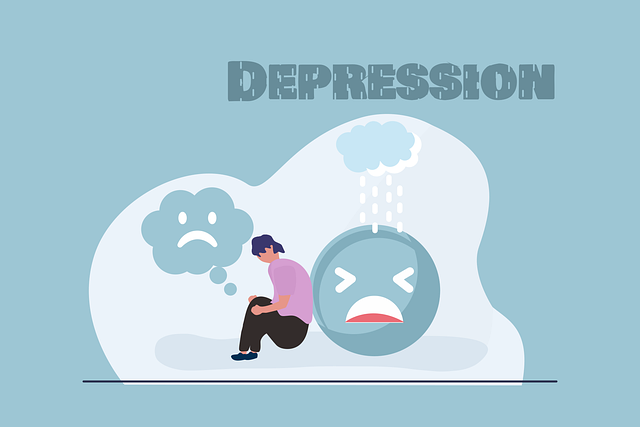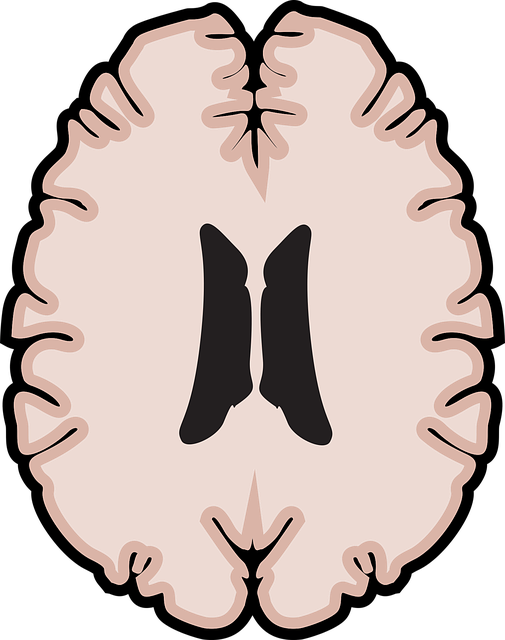Burnout among healthcare providers treating adults with psychosis is driven by high-stress environments, heavy workloads, and lack of support. Early identification through signs like cynicism and detachment is key. Effective strategies include mindfulness, stress reduction, peer support, setting work-life boundaries, regular self-care, professional development, mood management programs, mental wellness coaching, and tailored therapy for psychosis patients using CBT. These comprehensive approaches foster resilience, improve well-being, and prevent burnout in healthcare providers while enhancing patient care.
In today’s demanding healthcare landscape, burnout among providers is a pressing issue. This article explores effective strategies to combat this growing concern. We begin by understanding burnout and its impact on healthcare delivery. Identifying risk factors, from heavy workloads to emotional demands, is crucial. Next, we delve into actionable prevention tactics, emphasizing work-life balance, self-care, and professional support. Additionally, we examine the role of therapy in addressing burnout specifically for adults with psychosis, offering hope for tailored interventions.
- Understanding Burnout in Healthcare Providers
- Identifying Risk Factors for Burnout
- Effective Strategies to Prevent Burnout
- The Role of Therapy in Addressing Burnout for Adult Psychosis
Understanding Burnout in Healthcare Providers

Burnout among healthcare providers is a growing concern, impacting not only their well-being but also patient care and outcomes. It manifests as a state of emotional exhaustion, depersonalization, and reduced personal accomplishment, often stemming from prolonged exposure to high-stress work environments. Healthcare professionals, especially those offering therapy for adults with psychosis, are particularly vulnerable due to the intense emotional demands of their roles. This complex issue requires a multifaceted approach to prevent and manage.
Identifying burnout early is crucial. Signs may include increased cynicism towards patients, detachment from work, and declining performance. To mitigate these risks, healthcare providers can leverage inner strength development techniques like mindfulness and stress-reduction practices. Additionally, access to crisis intervention guidance and peer support networks can be life-saving. Implementing burnout prevention strategies for healthcare providers, such as setting clear boundaries between work and personal life, engaging in regular self-care activities, and participating in professional development opportunities, is essential in fostering a sustainable and healthy work environment.
Identifying Risk Factors for Burnout

Burnout among healthcare providers is a growing concern, and identifying those at risk is a pivotal step in prevention. Several factors contribute to this phenomenon, including heavy workloads, long working hours, and a lack of support or recognition. Healthcare professionals, especially those in direct patient care, may experience elevated stress levels due to high-pressure environments and complex decision-making processes. For instance, nurses and physicians often juggle demanding schedules, multiple patient assignments, and the constant need for updated knowledge.
In addition to these stressors, personal circumstances can further exacerbate burnout risks. Mental health issues such as depression or anxiety disorders, which are not uncommon in the general population and specifically among adults experiencing psychosis, can significantly impact an individual’s ability to cope. Effective prevention strategies should address these multifaceted challenges. Implementing programs focused on mood management, mental wellness coaching, and coping skills development has been shown to enhance resilience and promote a healthier work-life balance for healthcare providers, ultimately reducing burnout rates.
Effective Strategies to Prevent Burnout

Preventing burnout among healthcare providers is a multifaceted approach that goes beyond basic survival strategies. Effective strategies include cultivating inner strength through mindfulness and resilience training. By enhancing coping mechanisms, professionals can better navigate the emotional demands of their roles. Additionally, community outreach program implementation plays a vital role in fostering a sense of belonging and support, reducing feelings of isolation that can contribute to burnout.
Organizing stress management workshops equips healthcare providers with valuable tools for handling workplace pressures. These sessions encourage open dialogue about challenges, promote healthy coping mechanisms, and enhance overall well-being. In tandem, these initiatives create a supportive environment where professionals feel valued, understood, and empowered. Integrating therapy for adults with psychosis can also be beneficial, addressing unique stressors and providing tailored support to prevent burnout among this population.
The Role of Therapy in Addressing Burnout for Adult Psychosis

Burnout among healthcare providers treating adult psychosis is a growing concern. Therapy plays a pivotal role in addressing this issue by offering specialized support tailored to the unique challenges faced by these individuals. Cognitive-behavioral therapy (CBT), for instance, has proven effective in managing symptoms of anxiety, a common co-morbidity often linked to burnout. CBT equips patients with coping mechanisms, helping them navigate stressors and improve overall well-being.
Furthermore, cultural sensitivity in mental healthcare practice is crucial. Therapists trained in empathy building strategies can create safe spaces for individuals from diverse backgrounds to express their concerns and experiences. This personalized approach fosters trust and encourages open communication, which is essential for preventing burnout. By integrating these strategies, healthcare providers can enhance patient care while mitigating the risk of professional exhaustion.
Burnout among healthcare providers is a growing concern, but with proactive measures, it can be effectively mitigated. By understanding the unique risks and implementing proven strategies, such as fostering supportive work environments and encouraging self-care, healthcare organizations can prevent burnout. Additionally, therapy for adults with psychosis plays a crucial role in addressing underlying mental health issues that may contribute to burnout. Integrating these prevention methods can create a healthier, more resilient workforce, ensuring high-quality patient care for years to come.














